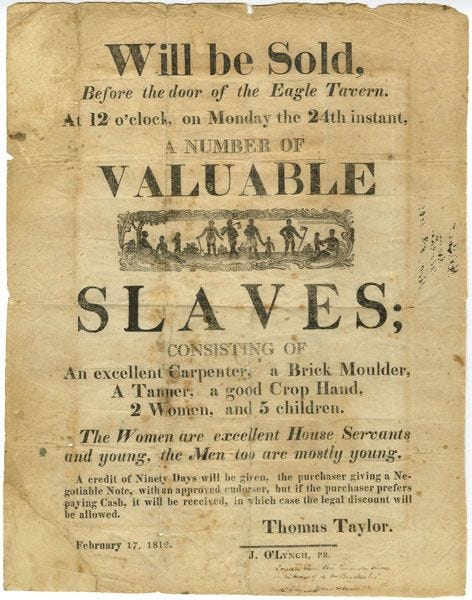
Dear Ron DeSantis: African blacksmiths would like a word
Florida's DeSantis curriculum erases a looooong legacy of African ironwork. Plus, Sondheim at the Bowl and Ceruti at the Getty, in our weekly arts newsletter
Dear Ron DeSantis: African blacksmiths would like a word

King Munza, of the Mangbetu ethnicity, wields a scepter in an engraving by J.D. Cooper, published by Georg Schweinfurth in 1874.
(Don Cole / Fowler Museum)
BY CAROLINA A. MIRANDACOLUMNIST
AUG. 5, 2023 8 AM PT
The world is ending but the arroz con pollo at the Colibrí pop-up in Hollywood is keeping life worth living. I’m Carolina A. Miranda, art and design columnist for the Los Angeles Times, and I’m here with the good Peruvian food and the essential arts news:
Cultures of iron
Over the last couple of weeks, my colleague Michael Hiltzik has been systematically demolishing the red hot garbage that is the state of Florida‘s new academic standards, recently passed by Gov. Ron DeSantis’ cronies, which state, among other things, that “slaves developed skills which, in some instances, could be applied for their personal benefit.” Queried about the standards, DeSantis pointed to “folks that eventually parlayed, you know, being a blacksmith into doing things later in life.”First things first: There was no benefit to being enslaved. Period.
Beyond that, Florida’s State Department of Education has been busy getting its basic facts wrong. A state rep supplied a list of 16 African Americans who had allegedly “benefited” from the trades they picked up as slave laborers; Hiltzik combed through the list and notes that nine of those people were never enslaved and at least 13 of them did not learn their skills while enslaved.
Earlier this week, Hiltzik followed up with a report on the backgrounds of the non-historians devising some of these historical standards — and the “supine” ways the press has covered the controversy. (Pure fire.)

Iron was associated with political and spiritual power by many African cultures. Seen here: The Mangbetu King Munza at court, 1870, in an engraving by J.D. Cooper.
(Don Cole / Fowler Museum)
For one, DeSantis and his ilk misunderstand how slavery worked. Kidnapped African laborers were notblank slates onto which Europeans bestowed knowledge and skills. The Washington Post dug into Pulitzer Prize-winning historian David Hackett-Fischer‘s deep study of the institution of slavery, “African Founders: How Enslaved People Expanded American Freedom,”published last year, which notes that laborers were often kidnapped because of their skills.
Enslaved workers from the Windward Coast of West Africawere brought to the Carolinas, Georgia and Florida to cultivate rice— because they’d already been cultivating rice for thousands of years. Cultures known for boatbuilding were sent to Chesapeake, an important riverine and seafaring port, since they could support navigation. Herding cultures like the Fulani (and their descendants) were in demand in states with livestock ranching.
African knowledge helped build these local economies. Not the other way around.



 the only blacks we need to teach the kids about are the Tate brothers and those fat black women whos heart imploded that used to stan trump
the only blacks we need to teach the kids about are the Tate brothers and those fat black women whos heart imploded that used to stan trump